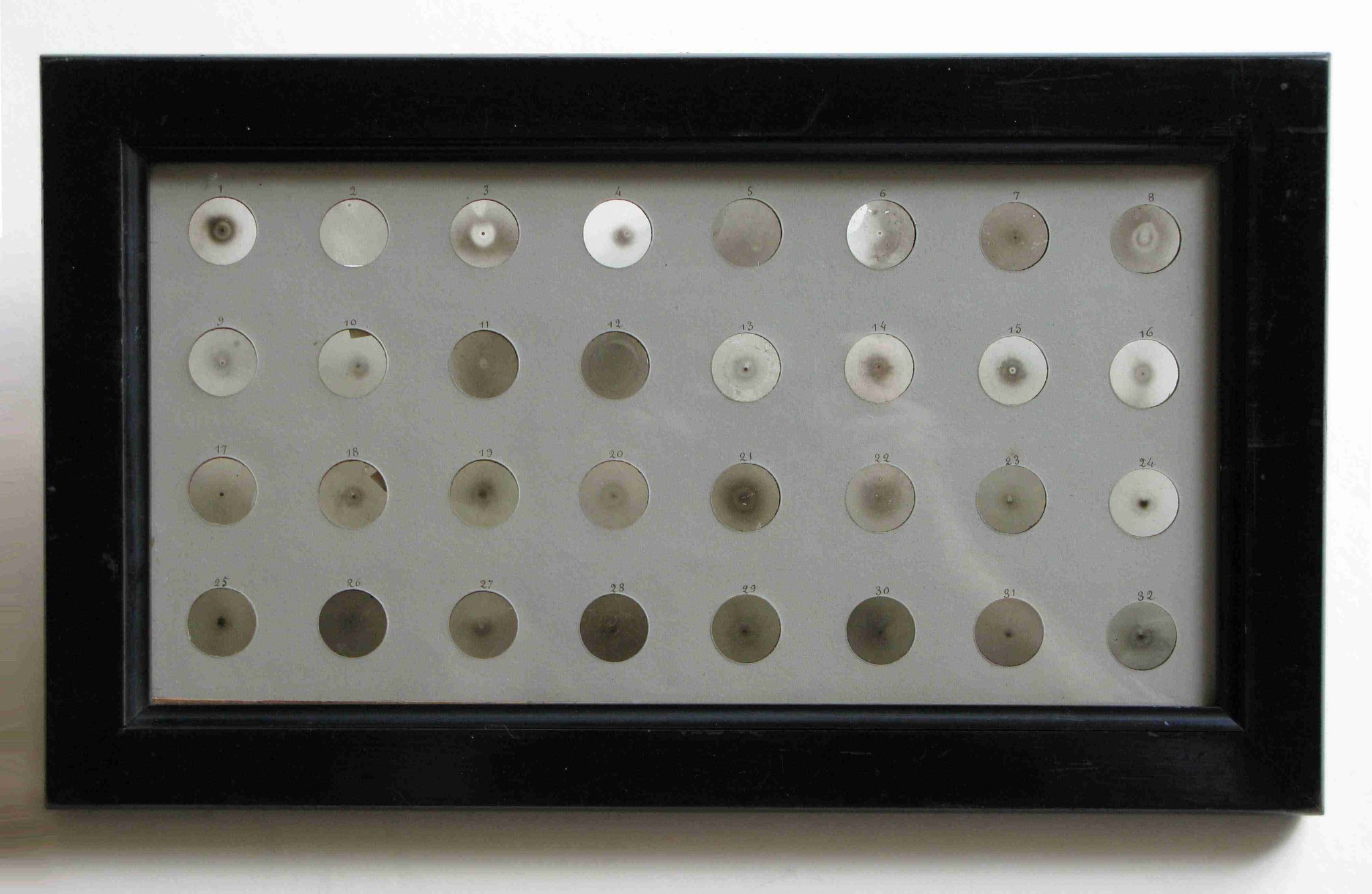In 1950, sufficient data, albeit very disparate, had been collected on the nature of comets to allow the American astronomer Fred L. Whipple (1906-2004) to attempt a synthesis. It was based on the following facts :
- Comets are formed of dust and volatile products ;
- The dust and the volatile products are probably contained within a nucleus where they are frozen ;
- Under the effect of solar radiation, the volatile products are gradually sublimated and the gas and the dust are released, forming the tail ;
- The reaction produced by this phenomenon is in the opposite direction to the gravitational attraction by the Sun, and slightly alters the orbit of the comet. This effect is observable for periodic comets and is used to calculate the mass loss by the nucleus ;
- The molecules from the nucleus are broken and eventually ionized by solar radiation after their ejection.
Whipple came to a model of the cometary nucleus that later was described as the “dirty snowball” model because little was known about the density of the frozen products. Here are his conclusions:
The core is visualized as agglomerate of ices, such as H2O, NH3, CH4, CO2 or CO, maybe C2N2, and other materials volatile at room temperature, combined in a conglomerate with meteoritic materials, all initially at extremely low temperatures (<50°K [-223°C]). Vaporization of the ices by externally applied solar radiation leaves an outer matrix of non-volatile insulating meteoritic material
The following years have seen Whipple’s ideas confirmed, while providing many details about the composition of comets and the phenomena that take place in them.

Représentation d'une comète et de sa chevelure, tirée de Iconologie tirée de divers auteurs. Ouvrage utile aux gens de lettres, aux poëtes, aux artistes, & généralement à tous les amateurs des beaux-arts / Boudard, Jean-Baptiste, 1766
Source : Internet Archive Book Images